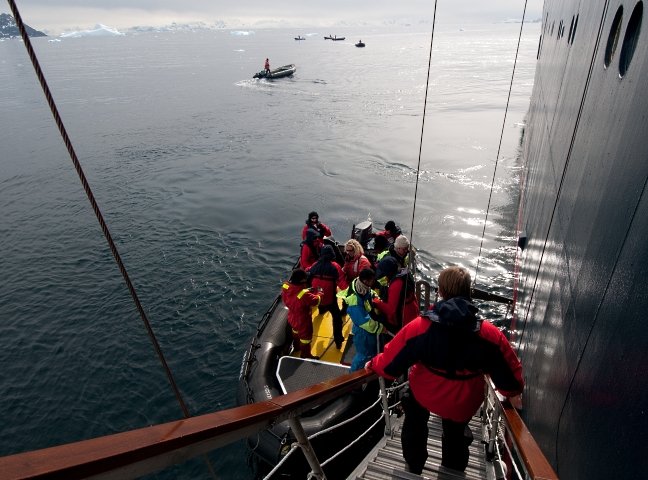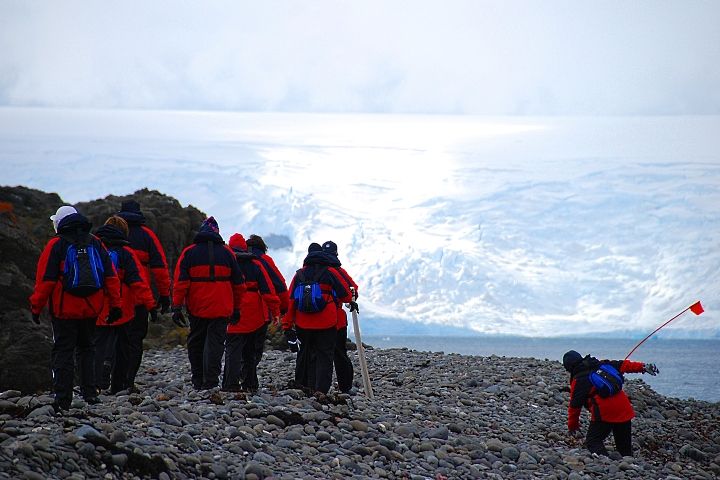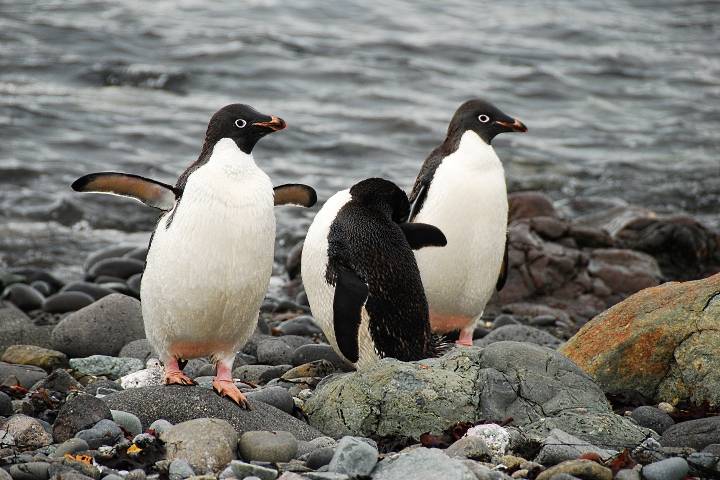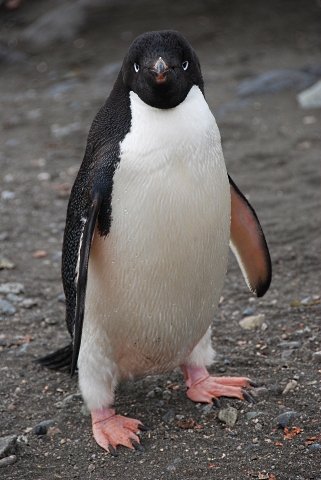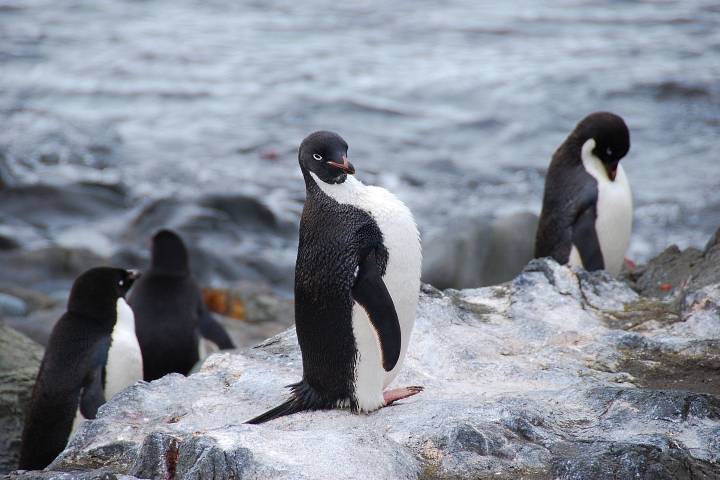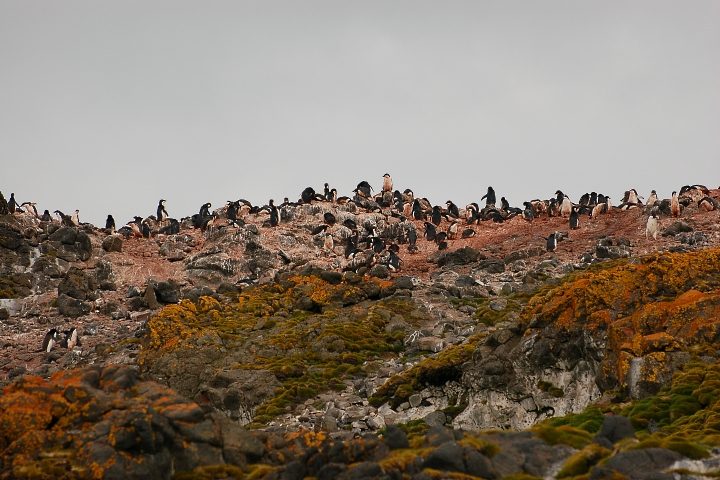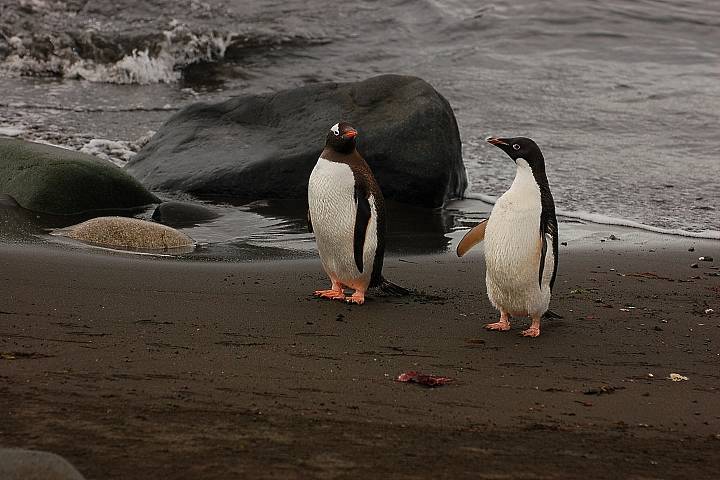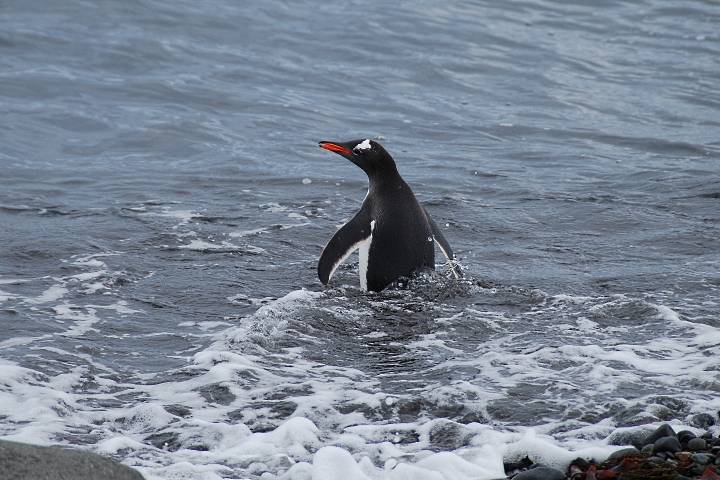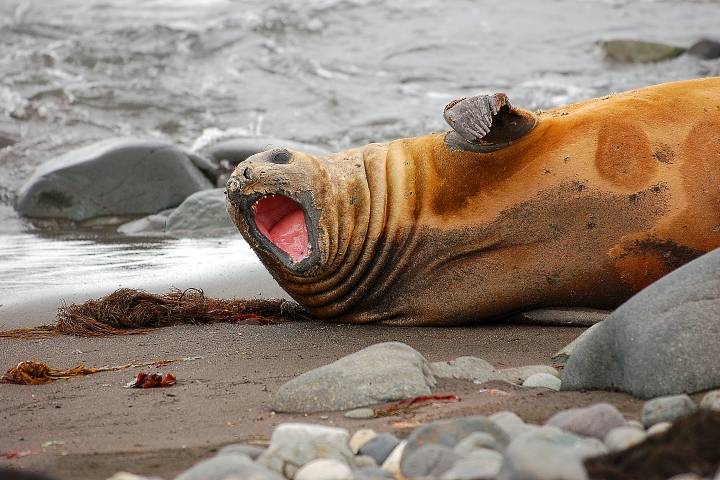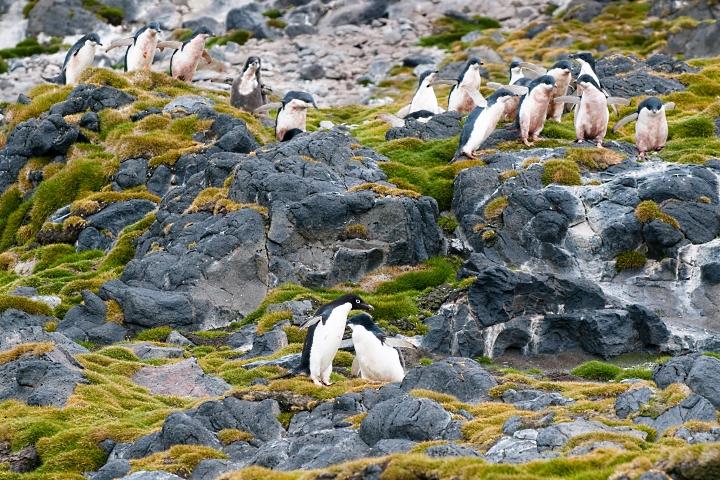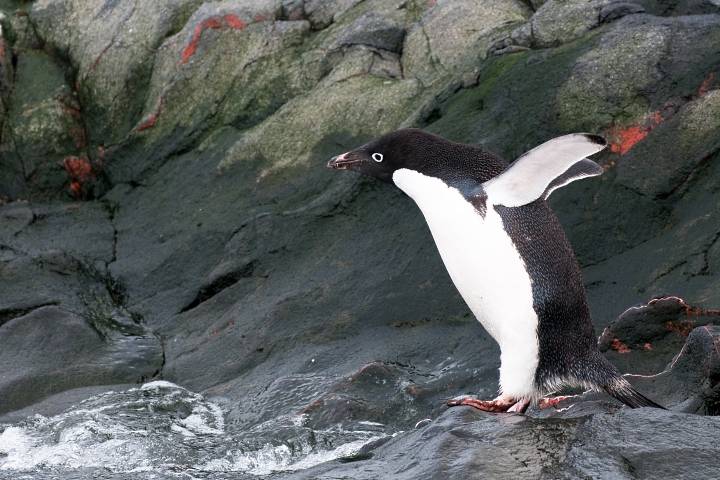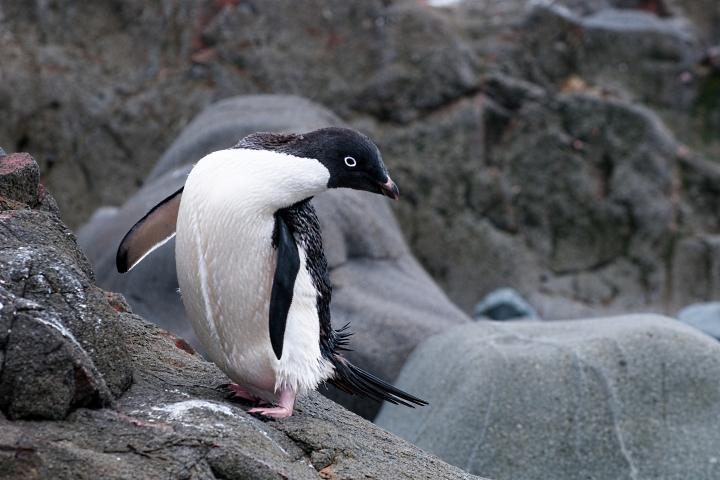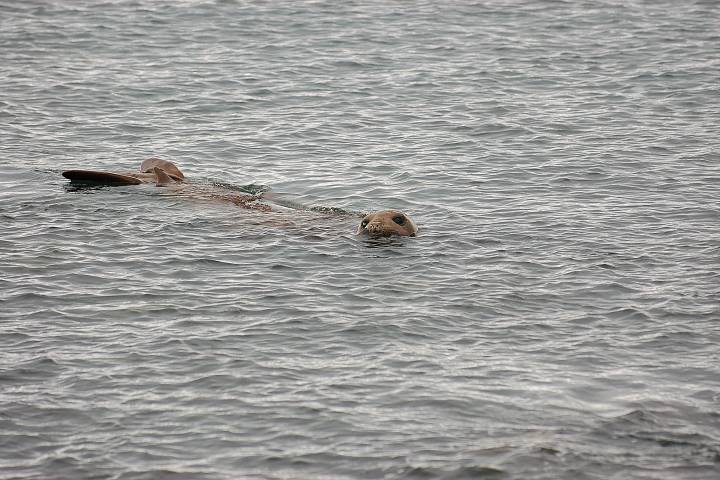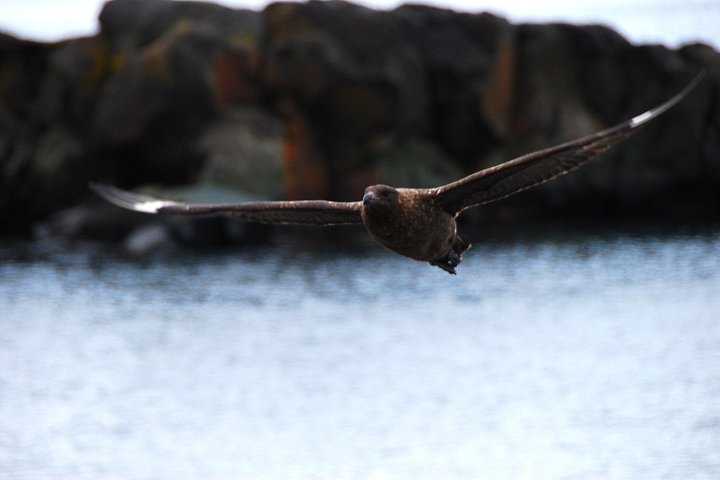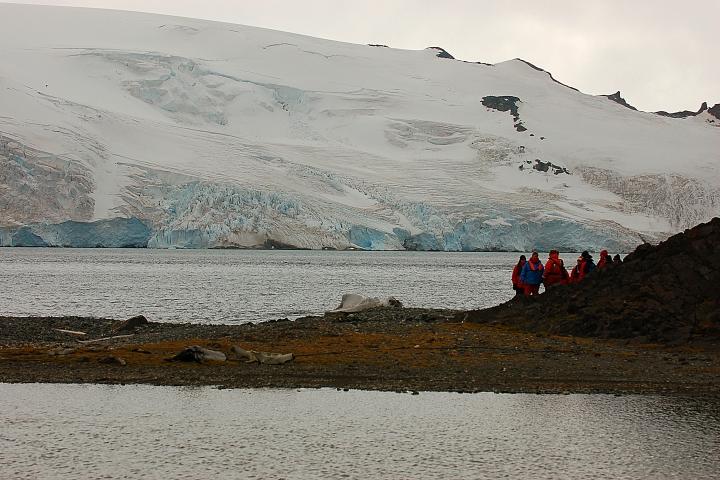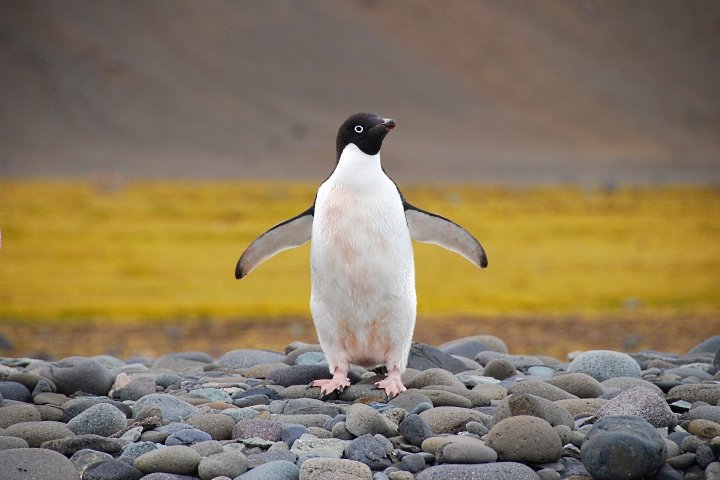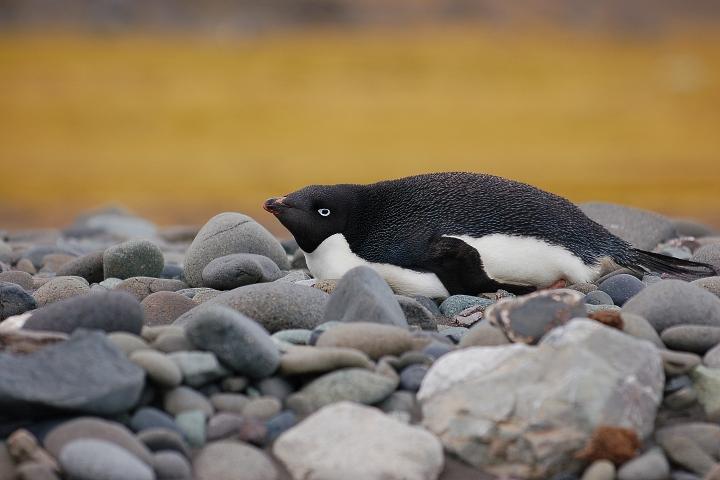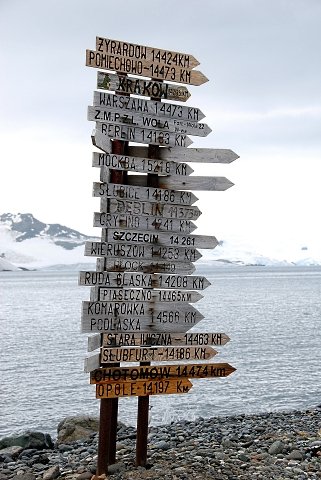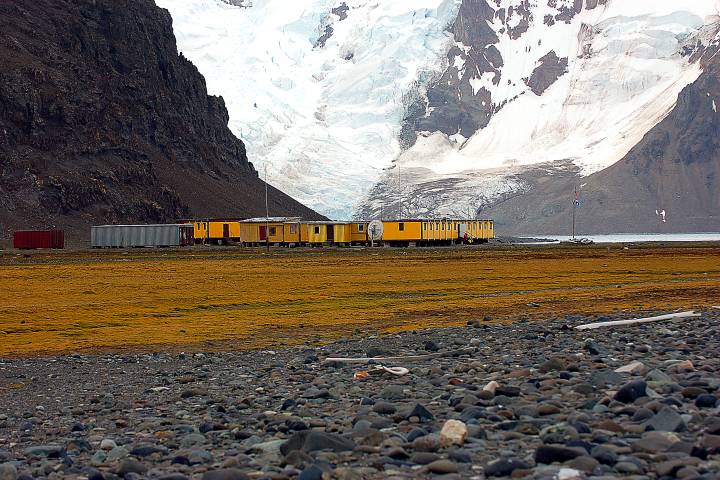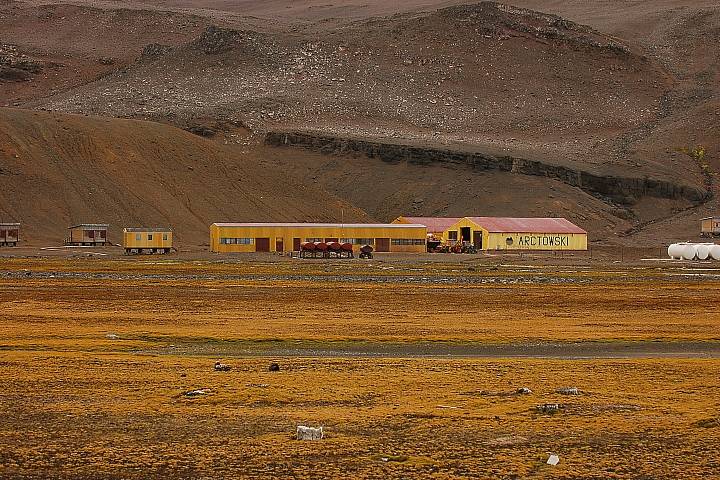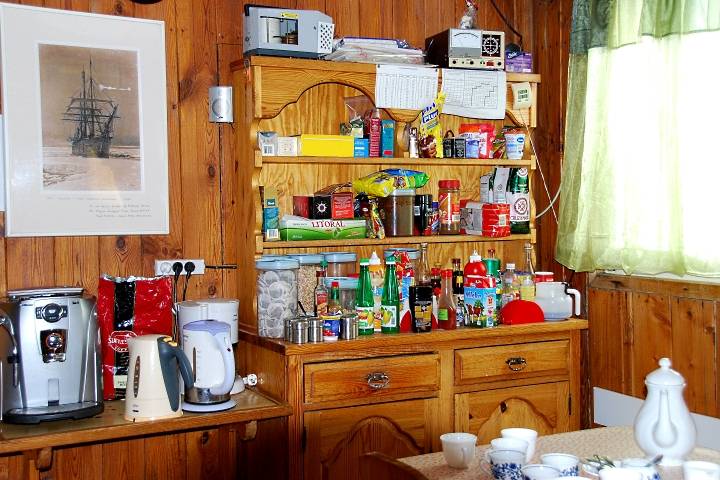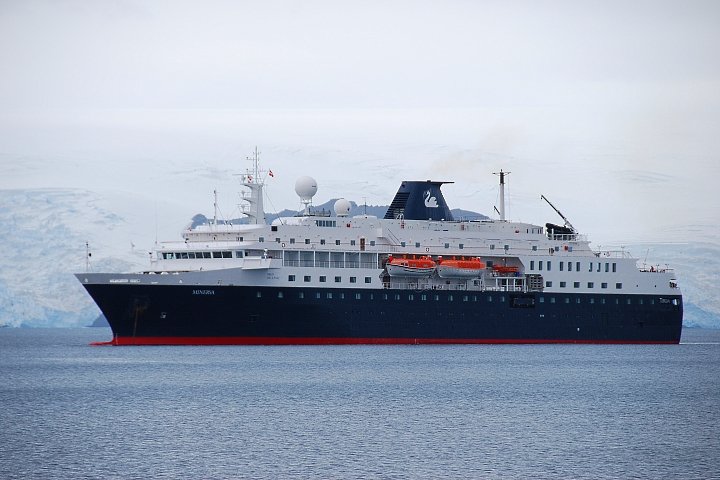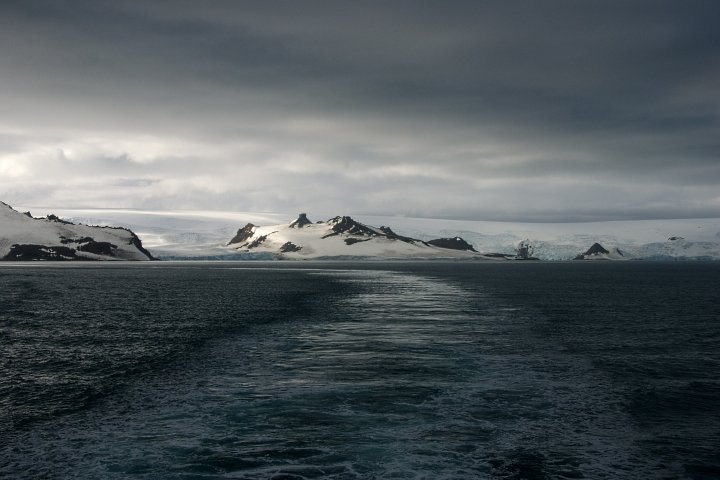Antarctica Cruise, Part 3: The Age of Explorers
"I am just going outside and may be some time," L.E.G. Oates told his companions.
When he failed to return, they left the small, makeshift cabin to search for him, but the roaring blizzard had swallowed him whole.
The year was 1912, and Robert Falcon Scott's expedition had managed to reach the South Pole only to find that the Norwegian Roald Amundsen had already been there and gone.
Bitterly disappointed at their failure to be the first to reach the pole, they began the 800-mile overland trek back to the coast, but bad luck and worse weather made the journey perilously slow.
Suffering from frostbite and snow-blindness and running low on food, their strength waned and Oates' health deteriorated. At the end, he realized his friends would never make the supply depot if they moved at his pace, so he willingly marched to his death to free the others to push on.
But the storm did not let up, and the others could not push far.
Eight months later, the frozen bodies of Scott and his comrades were found about 20 miles from where Oates had left them, barely 10 miles from the supply depot. The spot was marked and the tent was collapsed around them and covered with snow, their final resting place.

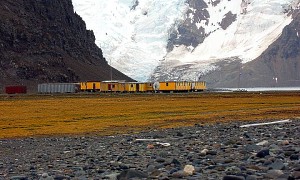 We left our first Antarctic landing spot, Penguin Island, in search of the rarest animal on the continent: the human.
We left our first Antarctic landing spot, Penguin Island, in search of the rarest animal on the continent: the human.
For two hours we sailed in calm waters, never out of sight of soaring white mountains and glaciers. In mid-afternoon, the Minerva dropped anchor off the Polish research station Arctowski, a complex of a dozen wooden buildings on a narrow strip of flat land between the shore and a steep hillside.
Man first set eyes on the white continent only 200 years ago. For decades explorers sailing south were turned back by the worst seas and storms and ice floes they had ever seen.
When Antarctica was finally discovered, so were the harshest conditions on the planet. Only a handful of life-forms thrive here -- penguins, seals and whales among them -- and the mortality rate among those early human visitors was high.
Today, in the summer, there are about 5,000 people scattered across Antarctica, a continent that is bigger than Europe or the United States, in isolated research stations like this one. In the winter, the number drops to about 1,000.
We motored to a rocky-beach landing on a Zodiac as the icy wind looked for openings in our hoods and red parkas, then hiked to a colony of adélie penguins under darkening skies. The chicks were almost fully grown and wandering far from their nests, and we'd heard we might get to see a chick enter the water for the first time.
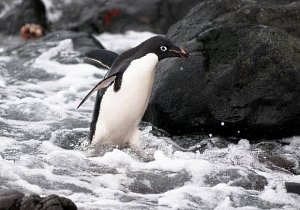
Like humans, penguins have to learn how to swim, and apparently the process can be quite entertaining.
We spotted a small group of chicks painstakingly making their way down the rugged hillside toward the water and watched with great anticipation as they hopped and waddled to the very edge of the ocean, laid down and went to sleep.
There were molting seals near the water, with large patches of skin missing. During the molting process, seals shed their old coat of skin and hair and grow a new one. It's an annual process and takes about a month, during which the seals are less active and uncomfortable.
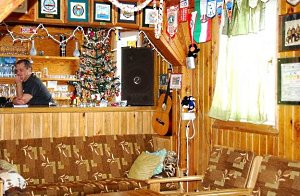
We walked to Arctowski and were met by friendly Polish scientists and welcomed into their small and spartan mess hall and living room. I noticed that many of the items in the rooms were brightly colored, possibly to offset the monotonous white and gray of summer and blackness of winter.
The Minerva and the two dozen temporary residents of Arctowski have a symbiotic relationship. In exchange for letting the ship's passengers get a glimpse of life in Antarctica, the Minerva brings potatoes and other hard-to-come-by provisions when it calls, to supplement the vegetables that can be grown in the station's greenhouse.
I climbed aboard a Zodiac for a ride back to the ship and watched as the lonely outpost grew smaller. I wondered what it would feel like to be there when the ocean froze and anyone left behind knew that, for better or worse, he was there for the long, dark winter.
Officially the research areas at Arctowski include glaciology and meteorology, but I suspect there is also an informal study of cabin fever taking place.
Back on board, we recapped the day's events with other passengers and the expedition staff in the Darwin Lounge and enjoyed a drink in the Shackleton Lounge and an excellent meal in the main dining room.
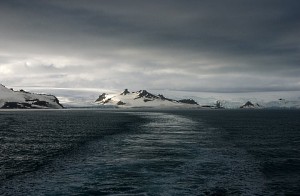
Tonight, on a silvery sea, the Minerva is again sailing south.
Explorers must always precede vacationers, and I am indebted to those who risked their lives and braved the unknown a century or two ago, for otherwise, we would not be here today.
Hundreds of miles ahead of us, high on the Ross Ice Shelf, Robert Falcon Scott and the other members of the second expedition to reach the South Pole are at peace in their frozen time capsule.
L.E.G. Oates was never found, but the story of his selflessness lives on.
Alan Fox, somewhere in Antarctica
Sincerely,
Alan Fox
Executive Chairman
Vacations To Go
Related newsletters:
Antarctica Cruise: On My Way
Antarctica Cruise, Part 1: Paying Drake’s Toll
Antarctica Cruise, Part 2: Landing in Antarctica
Antarctica Cruise, Part 4: Antarctica's Wild Side
Antarctica Cruise, Part 5: Wonderland on Ice
Antarctica Cruise, Part 6: A Place Like No Other

